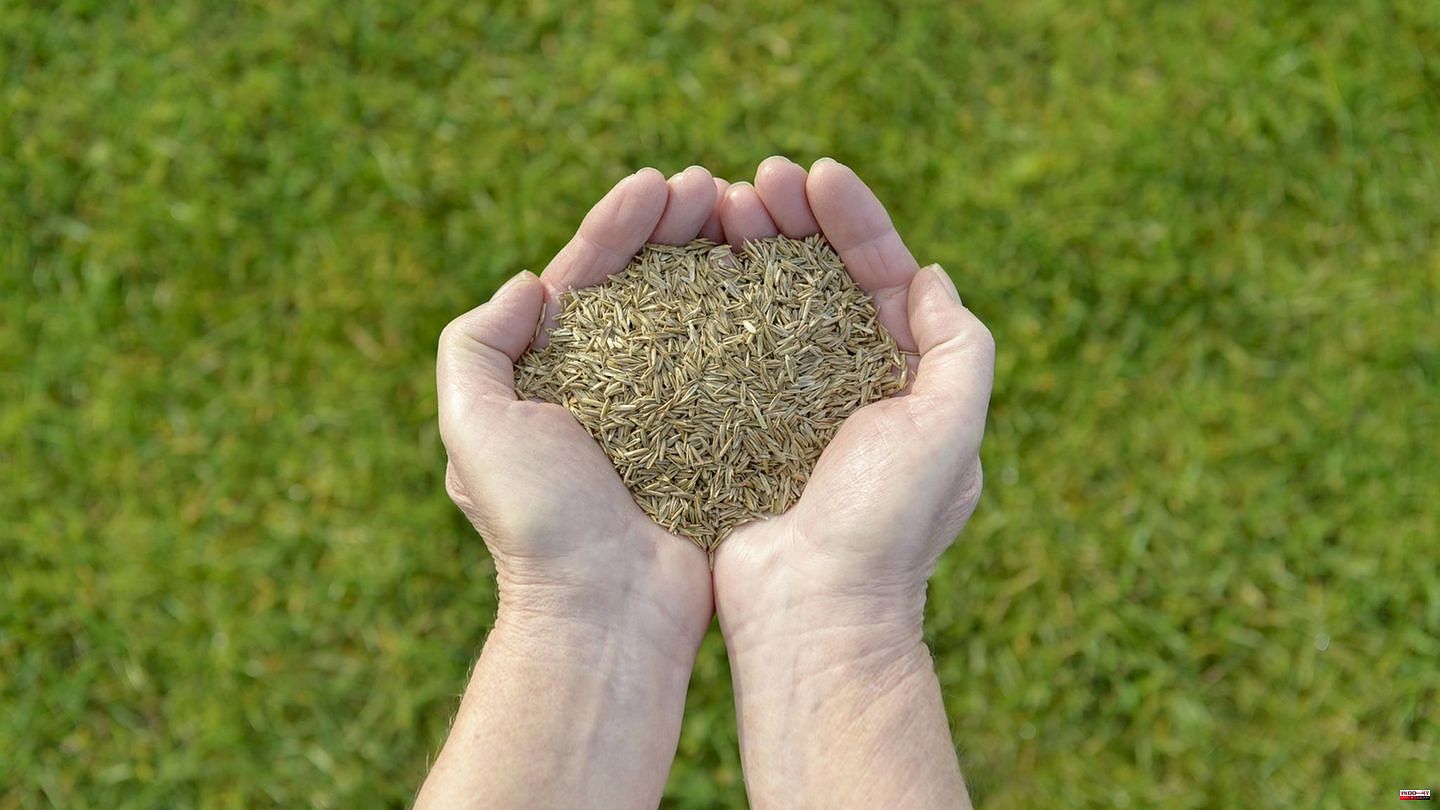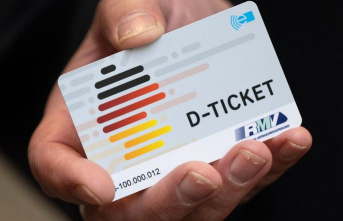What is the difference between the lawns in football stadiums around the world and the meadows in most allotments in Germany? Exactly. The professional greenkeepers of the best football clubs regularly roll out fresh, meticulously maintained carpet-like grass. Allotment gardeners not only have more time - they also love working on their plots themselves. That's why most people create their own private greenery. What's more, it's significantly cheaper than rolled turf. Now, sowing the lawn is time-consuming, but it's not rocket science - and yet there are a few things to keep in mind if you want to lounge on the green undisturbed in the sun later or play football on it with the children over the summer.
We explain when it is best to sow lawns, what is important when selecting seeds, how the soil needs to be prepared and what lawn seeds absolutely need to germinate.
“If you see yellow flowers outdoors in March, you can safely scatter the seeds” – says an old farmer’s rule. And that's exactly how it should be. The spring months of March and April, and depending on the weather also May, are ideal for sowing new lawns. The same applies to reseeding the lawn. Although lawn seeds are hardy, they only develop their full potential if they germinate as quickly as possible. And for this they need a soil temperature that is constantly above ten degrees. Sufficient moisture gives additional momentum to the germination process.
Before the lawn seeds are scattered, the future lawn must first be free of weeds. To do this, the soil should be worked through meticulously with a spade (and your hands) and freed of roots, large lumps of earth and stones. Sounds tedious - and it is. Alternatively, a so-called motor hoe can help, which you can rent on a daily basis from well-stocked specialist retailers.
In the next step, the rake makes its grand appearance. The grasses feel most comfortable on fine-crumbly, loose and permeable soil. The area must be raked as smoothly as possible using the widest possible tool. Otherwise, rain or irrigation water can easily collect later in bumps and holes. A roller, which is also available from hardware stores, is then used to move lengthwise and crosswise across the ground to compact the soil. So that the ground can settle a little, the lawn should rest for a few days. Only then will the hour come for the seeds.
Anyone who has ever stood in front of the shelf with lawn seeds in a hardware store or garden center will have been amazed at how many different seeds there are. Cheap ones, very expensive ones, some for ornamental lawns, others for play lawns or shade lawns. The whole thing in various packages ranging from one pound for smaller lawns to more than ten kilograms for larger lawns. High-quality seeds for an area of around 100 square meters cost between 30 and 40 euros, depending on the provider. While cheaper seeds germinate more quickly, the higher-priced grains later form a denser and more robust turf. In addition, the cheaper ones are less productive. That's why you shouldn't cut corners here.
Important! Lawn seeds should not be stored for too long. Some species are often no longer able to germinate after a year. This includes, among other things, red fescue.
When buying lawn seeds, you should also pay attention to the “RSM” imprint on the packaging. This stands for a high-quality “regular seed mixture” that only contains lawn seeds from first-class grass varieties.
The ground for the new lawn is optimally prepared. The right seeds are ready. Good this way. Then the actual lawn sowing can begin. To do this, the seeds must first be measured according to the information on the packaging and filled into a sowing tray or a spreader. Less experienced hobby gardeners in particular should choose this variant. Although you need some skill, the seeds can be distributed much more evenly than if you scattered them by hand. By the way, strong winds are not helpful when sowing lawn seeds. Once the seeds have been applied evenly, they are lightly raked in lengthwise and crosswise with a rake. This means you get more contact with the ground when rolling and grow better. The roller should also be worked lengthwise and crosswise to achieve a clean finish to the ground.
The following four days are crucial for the subsequent quality of the lawn. If no precipitation falls during this time, the soil should be watered several times a day for about ten minutes with a watering spray or sprinkler.
Important! Lawn seeds are particularly sensitive to drought during and immediately after germination. As a rule, the seeds germinate after six to 28 days, depending on the weather.
In addition to sufficient watering, young lawn grasses need one thing above all: rest. At least eight weeks should be allowed before the meadow can be fully used. During this time, water is the be-all and end-all. The better the soil is prepared, the less lawn weeds such as dandelions, daisies or clover will establish themselves in the first few weeks. A dense lawn area should emerge within two to four weeks. If the stalks are around eight to ten centimeters long, the young lawn needs to be mowed for the first time. Ideally at a cutting height of around five centimeters. Then apply some long-term fertilizer so that the grass branches and the turf can easily and persistently cope with raging children.
Sources: gardenjournal.net; mein-schoener-garten.de; plantopedia.de
This article contains so-called affiliate links. Further information are available here.












